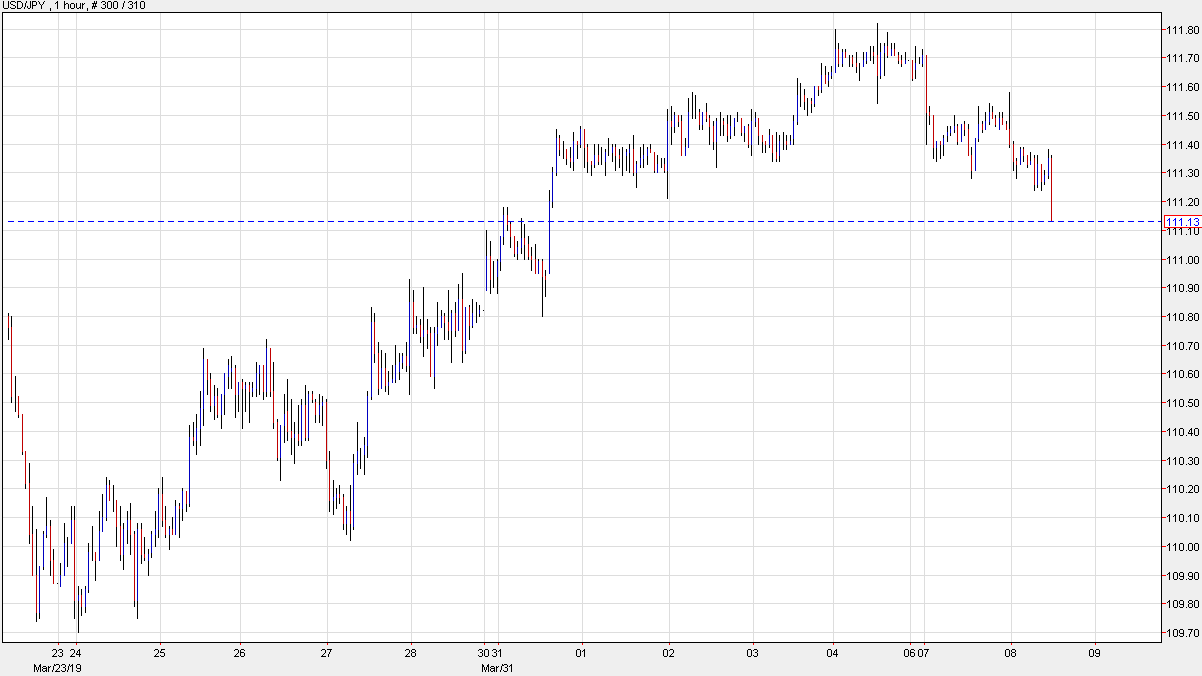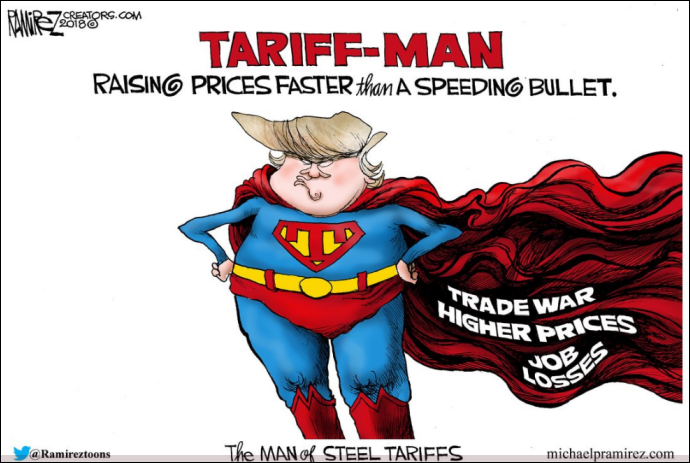The S&P 500 failed to extend its recent winning streak, tumbling on Tuesday as a list of risk factors prompted caution among traders around the world.
A lower global growth forecast from the International Monetary Fund, White House rhetoric on potential tariffs on imports from the EU and the stubborn prospect of a disorderly withdrawal from the bloc by the UK muted the mood.
Wall Street’s S&P 500 finished 0.6 per cent lower, registering its first decline in nine sessions and scuppering what had been its longest winning streak since October 2017. All sectors with the exception of utilities, a typically defensive group, finished in the red on Tuesday.
The decline comes ahead of the release on Wednesday of minutes from the Federal Reserve’s most recent meeting, as well as the policy meeting for the European Central Bank.
The Europe-wide Stoxx 600 was down 0.3 per cent overall, with brisker moves for shares at the centre the Trump administration’s attention. Airbus lost just over 2 per cent after news that the US was considering putting tariffs on civilian aircraft as part of an $11bn series of measures aimed at EU products. Engine maker Rolls-Royce fell 1.1 per cent.
Frankfurt’s Xetra Dax 30 fell 0.7 per cent per cent and London’s FTSE 100 was down 0.2 per cent.
Brent crude slipped from five-month highs which were touched as fighting in Libya intensified, raising the prospect of further supply-side tightening. Opec supply cuts, sanctions against Venezuela and Iran, and expectations of strengthening global demand helped push Brent over the $70 mark last Friday for the first time in 2019. It slipped back to $70.65 by the late afternoon New York time.




